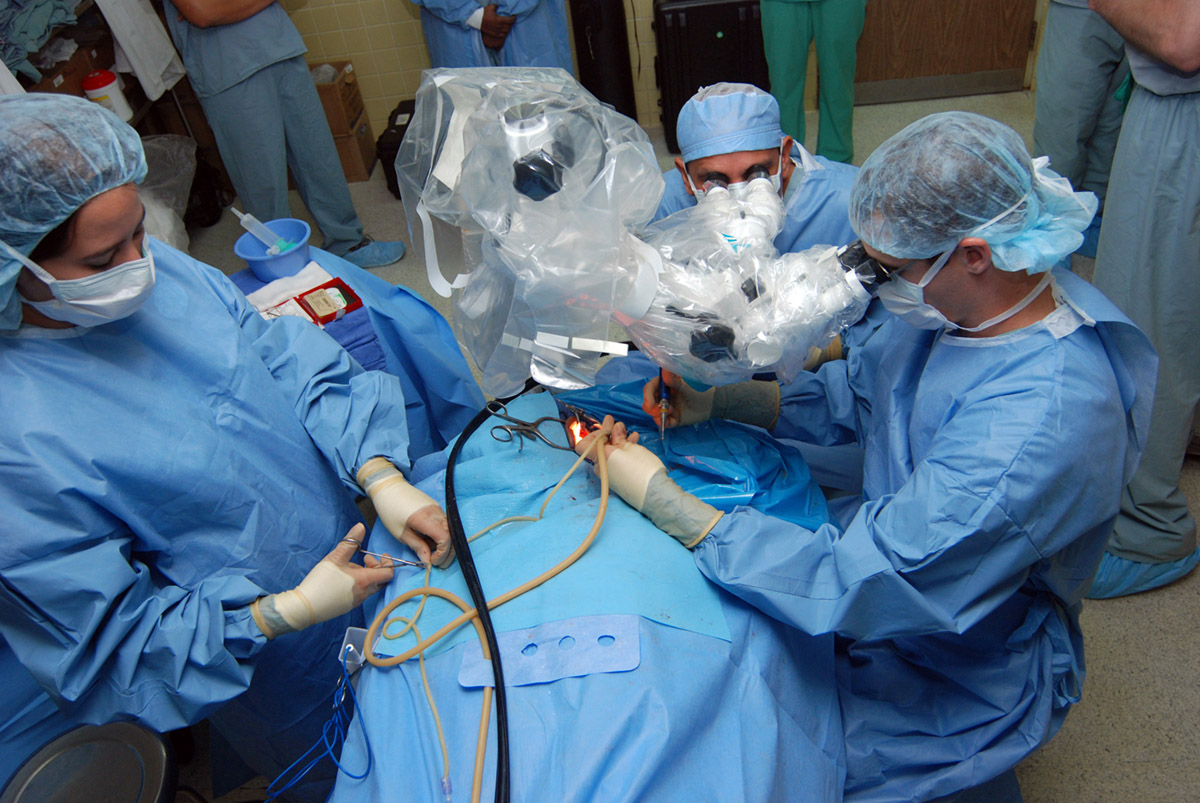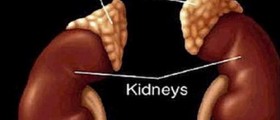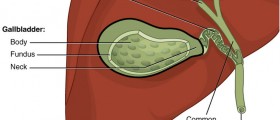Abdominal Surgery - Overview
Abdominal surgery includes numerous surgical procedures. They are performed as open abdominal surgery or laparoscopic abdominal surgery. These two approaches differ and laparoscopic abdominal surgery carries less risks and complications comparing to open abdominal surgery. Even the recovery time lasts shorter in case of laparoscopic surgery.
All abdominal surgeries are performed in a hospital. Some of them are planned and some performed immediately after admission of the patients. After the surgery the patients are hospitalized for certain period of time and then discharged. Even at home patients are supposed to rest and are spared from work until they fully recover.
The entire recovery time depends on several factors including the intensity of the surgery and patient's general health. The occurrence of complications prolongs the recovery and in some cases patients require repeated surgery which additionally affects the pace of recovery.
The entire recovery can be simply divided into first few days after the surgery which are crucial and carry the highest risk of complications and recovery time at home. The patients are thoroughly monitored and once they are discharged they must report any change which affect proper healing of the wound or interferes in normal process of recovery.
Recovery Time after Abdominal Surgery
In majority of abdominal surgeries patients stay in hospital for several more days (usually 4-5 days). This particularly refers to open abdominal surgery while after some laparoscopic procedures patients may be released even after a day. During this period, patients are carefully monitored. Nurses help patients to change their position in bed and they administer all the necessary medications.
Once the patients are discharged they need support of family members. The patients are supposed to stay in bed and not to do any kind of strenuous activities. In majority of abdominal surgeries patients must stick to prescribed dietary regime because consumption of certain foods may cause flatulence and constipation and increased pressure during defecation may consequently lead to wound dehiscence.
Studies investigating the effects of standard/conventional care have been performed, and show that many of the traditional approaches to surgical care, such as:
- preoperative bowel clearance,
- use of nasogastric tubes,
- drains placed in cavities,
- enforced bed rest,
- and use of graduated diets,
The Risks and Complications
The risks and complications vary according to the type of abdominal surgery. If the operated person follows the doctor's advice and sticks to prescribed regimes he/ she reduces possibility of complications. Still, some complications simply cannot be prevented. This is why patients are due to report any change which appears not to be normal.
It is normal to feel exhausted after abdominal surgery and to feel pain at the incision site. It is also normal to experience mild discomfort after removal of the urinary catheter. On the other hand, wound discharge in a form of yellow or reddish colored fluid is not considered normal and it may point to the presence of infection. This needs to be reported to the doctor as soon as possible.
Even after the patients have completely recovered and started working again they are advised not to lift heavy objects and perform any kind of activity which puts too much stress and pressure onto the abdomen and abdominal muscles for specific period of time. The doctor decides when patients can continue with these activities.


















Your thoughts on this
Loading...